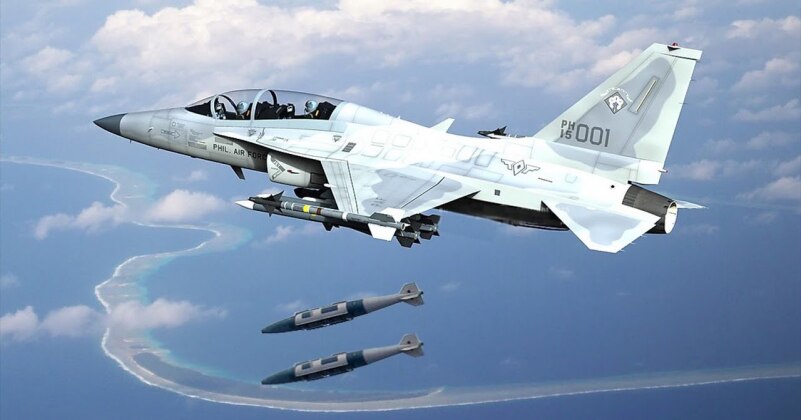News
Philippines Plans Purchase of South Korean KF-21 Stealth Fighters: Can They Combat China’s Air Force?
The Philippine Defence Ministry has initiated talks with South Korea’s Korea Aerospace Industries (KAI) to procureKF-21 Boramae fifth generation fighter aircraft, which is currently under development. The KF-21 program will bring stopgap ‘4+ generation’ variants of the aircraft into service from 2026, before a genuine fifth generation capabilities is achieved by the KF-21 Block II variant from around 2030. The Philippine Air Force currently deploys no fighter aircraft, but has procured 12 FA-50 attack jets from South Korea, with a further 12 currently on order. The country’s small defence budget has limited its ability to procure more capable fighter types, although the KF-21’s combination of low operational costs, and high cost effectiveness, particularly compared to competing Western aircraft, has raised the possibility of an unprecedentedly large defence order.

Commenting on Philippine interest in the fighter, KAI’s senior manager for international business development Park Seonhee observed: “Their actual combat experience also serves as a strong reference that can be promoted to other countries… We value the Philippine Air Force – they already operate the FA-50 and recently ordered additional units. We are committed to supporting them in strengthening their capabilities.” With the FA-50 having achieved a growing market share, including with a major sale of 48 units to Poland in 2022, the KF-21 is expected to similarly gain considerable interest from clients across the world, including both neutral states such as Thailand, and Western-aligned states such as the Philippines and Poland. The fact that the F-35 is currently the only NATO-compatible fifth generation fighter on global markets, and has suffered from very considerable performance issues and program delays, provides a potential opening for the KF-21 to gain a significant market share.
The ability of the Philippine Air Force to establish a viable combat capability for roles beyond counterinsurgency remains limited, as neighbouring China with which it currently has a territorial dispute has emerged as a clear global leader in its fighter aviation capabilities. Although the KF-21 Block II will meet basic fifth generation requirements, it was developed with a focus on reducing costs, and is not considered a peer level competitor to fighters such as the American F-35 and Chinese J-20 and J-35. China’s deployment of a vast network of supporting aircraft, such as J-16D electronic attack jets and KJ-500 airborne early warning and control systems, also ensures that its fighters will retain a vast advantage over any small KF-21 fleet the Philippines can operationalise. China’s defence sector is also poised to begin operationalising sixth generation fighters years ahead of any competitors in the early 2030s, at around the same time the KF-21 Block II enters service, with the new aircraft expected to leave even higher end fifth generation fighters such as the F-35 obsolete.












